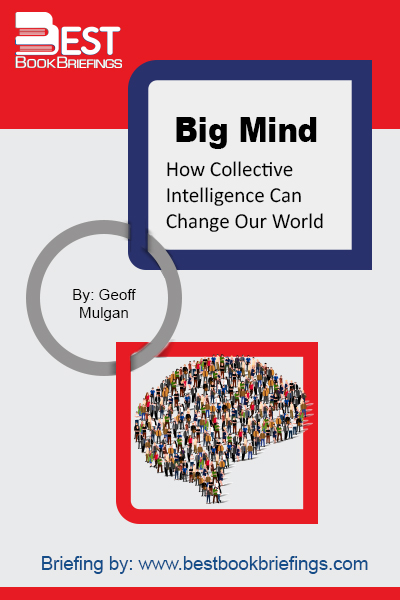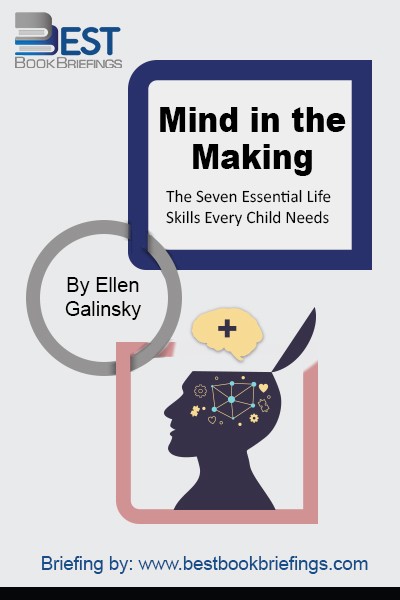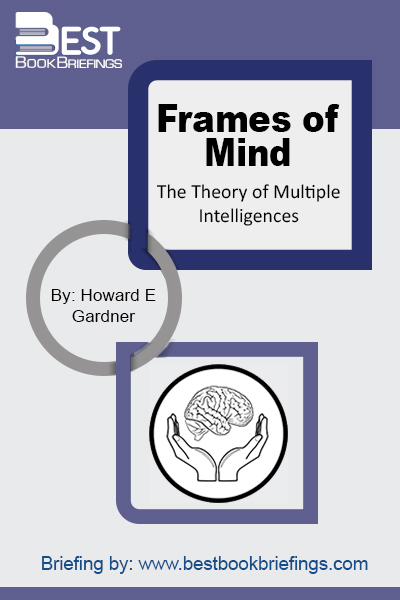Frames of Mind
The Theory of Multiple Intelligences
Number of pages: 528
Publisher: Basic Books
BBB Library: Psychology and Strengths
ISBN: 978-0465024339
Editorial Review
A revolutionary challenge to the widely held notion that intelligence is a single general capacity possessed by every individual to a greater or lesser extent. First published in 1983, Gardner's trailblazing book revolutionized the worlds of education and psychology by positing that rather than a single type of intelligence, we have several—most of which are neglected by standard testing and educational methods.
Book Reviews
Books on Related Topics

Collective intelligence is the capacity of groups to make good decisions—to choose what to do, and who to do it with—through both human and machine capabilities. The ways intelligence is organized are fractal in nature with similar patterns occurring on multiple scales, from groups of friends to organizations and whole societies. Understanding

Is there a set of traits shared by all truly great achievers—those we deem extraordinary—no matter their field or the time period within which they did their important work? In an attempt to answer this question, Gardner first examines how most of us mature into more or less competent adults. He

The authors reveal why employers are three times more likely to hire people with the right mindset over those who are more qualified on paper. This book provides an actionable approach for both assessing and developing these essential traits.

Life today can be complex, distracting, fast moving, 24-7, and stressful. It is also joyful and full of exciting possibilities. We know that if it is this way for us, it is only going to be more so for our children. We all want the best for our children, but how




